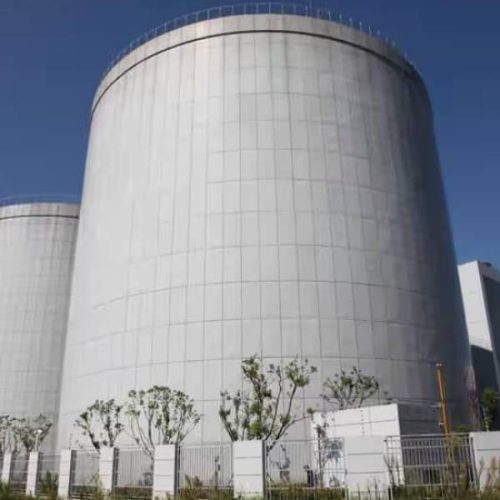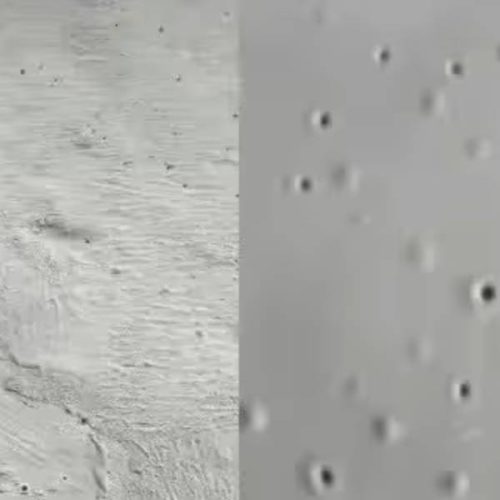What is Polyurea Polyaspartic
Evolving over the years, polyurea technology has progressed from aromatic spray polyurea (first generation) to aliphatic spray polyurea (second generation), and now to polyaspartic ester polyurea, the third generation.
Introduction to Polyaspartic Ester
Aspartic ester, an innovative aliphatic compound, is known for its slow-reacting, high-performance, and eco-friendly properties. First introduced by Bayer in 1990 as a reactive diluent for polyurethane coatings to reduce VOCs, it has applications in heavy-duty, waterproof, and wear-resistant flooring, among other high-end domains.

Features of Polyaspartic Coatings
- High solid content and low viscosity, enabling the formulation of eco-friendly coatings.
- Superior film build, leveling, and gloss characteristics.
- Exceptional resistance to weather, water, solvents, acids, alkalis, and salt spray.
- High hardness (up to 2H) and remarkable abrasion resistance.
- Excellent adhesion to various substrates, including ABS, PC, PVC, and metals.
- Compatible with hydroxy acrylic resins, CAB, and other materials.
Applications of Polyaspartic Coatings
- Automotive coatings to improve film quality and accelerate drying.
- High-grade industrial and wood coatings.
- Topcoats for anti-corrosion applications on steel structures and pipelines.
- High-end solid wood finishes.
- Fan blade coatings, including gel coatings, putty, and topcoats.
- Ideal for automotive refinishing due to its 100% solid content and compatibility.
Benefits of Polyaspartic Polyurea Coatings
Polyurea coatings offer remarkable durability, versatility, and efficiency across various applications. Here are the key attributes that make these coatings exceptional:
Durability & Longevity
- Anti-Corrosion: Polyurea coatings excel in both atmospheric and marine environments, with an anti-corrosion lifespan often exceeding 10 to 15 years.
- Chemical Resistance: Provides outstanding protection against corrosive agents such as acids, alkalis, salts, and solvents for over five years.
Physical Characteristics
- Thick Film: A distinguishing feature with dry film thickness often ranging from 200 to 2,000 micrometers, far exceeding traditional anti-corrosion coatings.
- Strong Adhesion: Exceptional bonding with substrates, achieved through chemical and even covalent chain bonding.
Composition & Interface
- Chemical Components: The presence of hydroxyl groups (-OH) allows for robust adhesion to metal substrates.
- Nanomaterials: Inclusion of metal oxide nanomaterials and rare-earth oxide ultrafine powders enhances interfacial transition layers.
Efficiency & Application
- Rapid Curing: Allows for room-temperature self-curing, requiring only 15 minutes for surface drying and two hours for full curing.
- Application Conditions: Efficient application at 20°C and below 85% relative humidity.
Versatility & Compatibility
- Multiple Uses: Can serve as standalone inorganic polymer anti-corrosion coatings or as base layers for other organic paints.
- Compatible Topcoats: Works well with epoxy, acrylic, polyurethane, chlorinated rubber, and asphalt coatings.
Additional Features
- Self-Repairing: Has the ability to self-heal minor scratches and damages.
- Welding Compatibility: Does not compromise the quality of welding processes.
Longevity of Polyaspartic Coatings
Polyaspartic coatings offer an adjustable curing time, ranging from 20 minutes to 4 hours, and remain stable even at temperatures as low as -15℃. With excellent color retention and UV resistance, these coatings can last outdoors without discoloration or chalking for up to 15 years.
Aspartic polyurea coatings provide numerous advantages, including eco-friendliness, durability, and versatility, positioning them as a leading option in the coatings industry.
Feiyang has been specializing in the production of raw materials for polyaspartic coatings for 30 years and can provide polyaspartic resins, hardeners and coating formulations. Some of our polyaspartic coating formulations: Polyaspartic Coating
Feel free to contact us: marketing@feiyang.com.cn
Our products list:







